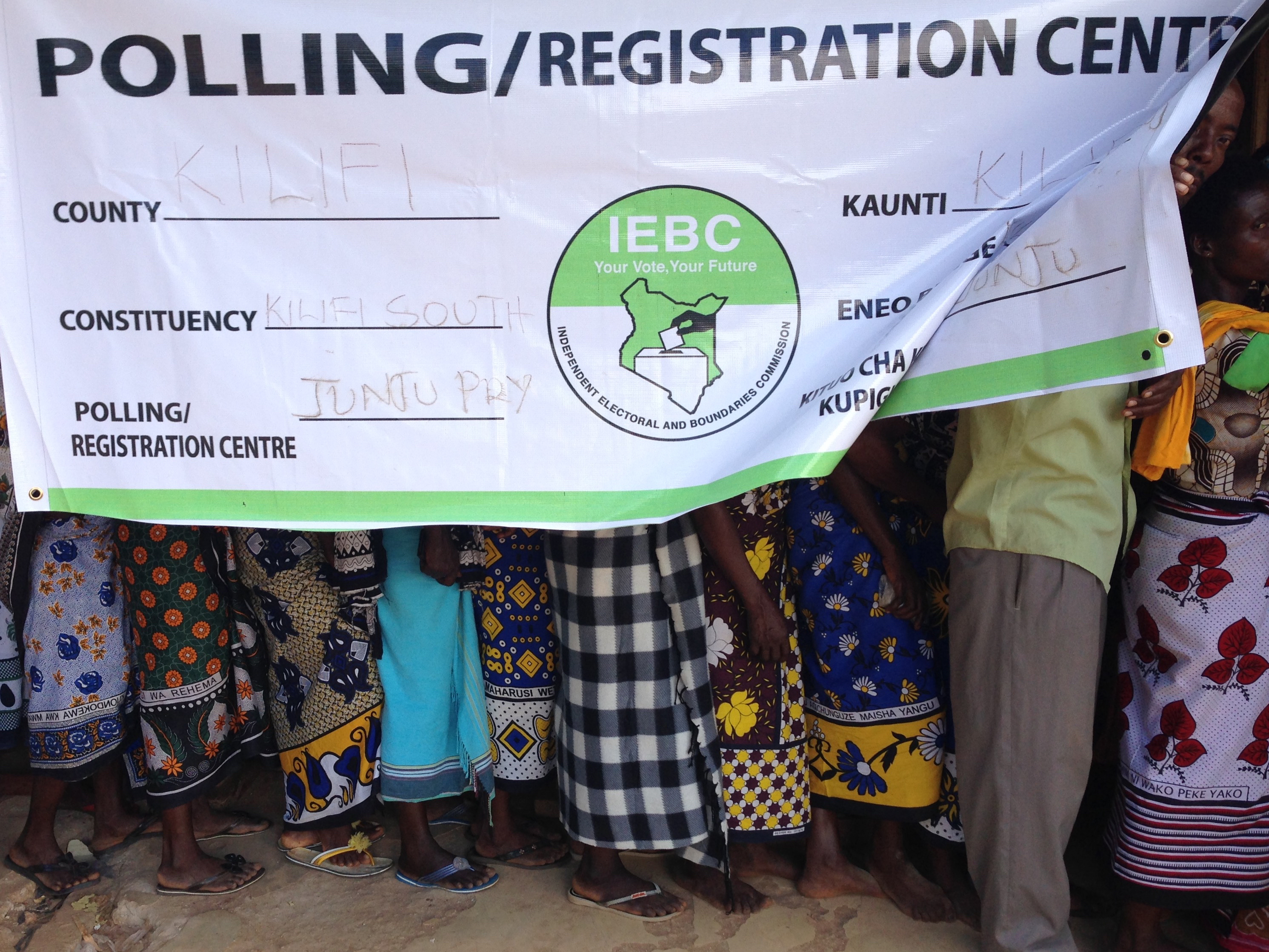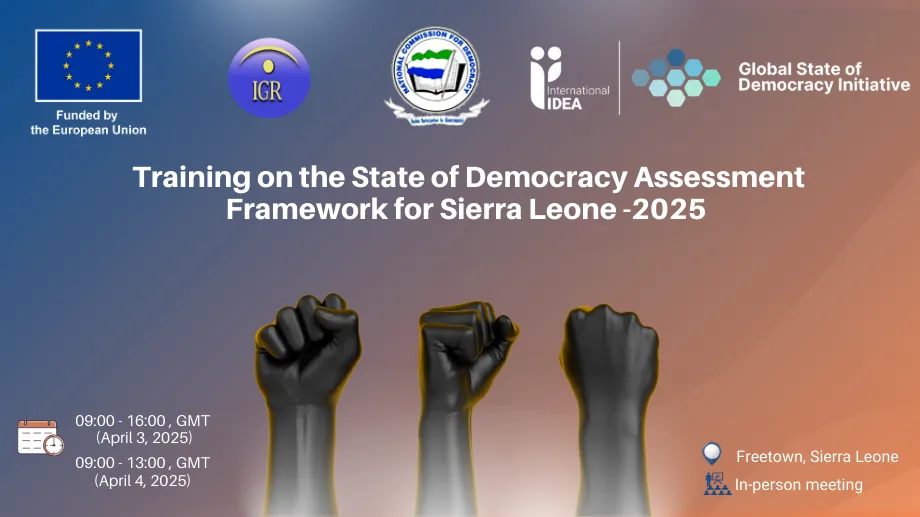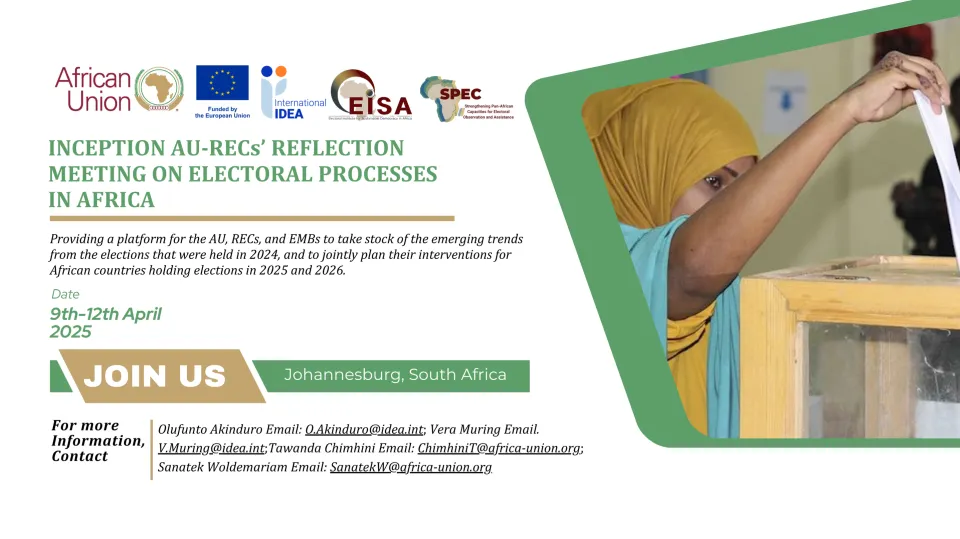Kenya: the potential and limitations of electoral technology

Disclaimer: Views expressed in this commentary are those of the staff member. This commentary is independent of specific national or political interests. Views expressed do not necessarily represent the institutional position of International IDEA, its Board of Advisers or its Council of Member States.
The general election in Kenya is now a protracted process, with a fresh presidential poll scheduled for 17 October 2017. This is a result of the unprecedented nullification of the presidential election result by the Supreme Court of Kenya, in a successful election petition filed by opposition leader Raila Odinga and the National Super Alliance (NASA).
The NASA presidential election petition claimed there had been deliberate manipulation of the electronic results transmission system and associated documentation. In its judgement, the supreme court ruled that the Independent Electoral and Boundaries Commission (IEBC) failed to conduct the elections in a manner consistent with the law and that the process did not meet the threshold of a transparent, credible and verifiable poll. In the summarised findings, the judges held that major “irregularities and illegalities” in the electoral process centred on results transmission. This system had been part of the legal reform package agreed by political players only a few months before the general elections, aimed at correcting problems from previous polls.
Ahead of the 2013 elections, the IEBC turned to technological solutions aimed at improving the integrity of the electoral process and engendering the trust of all stakeholders following the disputed and violent elections of 2007. Yet the application of electoral technology in 2013 – which was a policy choice of the IEBC but not anchored in law – was far from successful. Both the voter identification and results transmission processes failed in a significant proportion of polling stations leading to suspicion of IEBC’s handling of the process. The failures were attributed to the late introduction of technology stemming from delays in procurement, which led to a lack of time for configuration and training.
Consequently, electoral technology was always going to play a key role during the 2017 elections. The IEBC introduced the Kenya Integrated Electoral Management System (KIEMS) – a tablet-based system to identify voters and transmit results on election day. Yet the issue of technology remained contentious throughout the build-up to the election. In December 2016, the main political coalitions failed to reach consensus on revisions to the Electoral Act – including whether to fall back on manual procedures in case of technology failures. The revisions allowing for the use of manual procedures were eventually forced through, without opposition support.
Because the process relied heavily on technology, trust in the ICT systems would be essential to achieving an acceptable outcome. The brutal murder of Chris Msando, the IEBC ICT director on the eve of the elections only increased fears that the system would be manipulated. On election day, the voter identification component of the KIEMS appeared to work and was not subsequently contested in the petition. Yet the morning after the election, NASA immediately questioned the accuracy and verifiability of the results transmission system, alleging it had been hacked.
Evidently, the technological processes did not achieve the main objectives – ensuring all information produced during the election was trustworthy and generating broad acceptance that the electoral outcome was a true and fair representation of the citizens’ will. Election technology may improve efficiency of the electoral process, but it is not a panacea to mistrust and fraud among political players. Its utility is highly dependent on the political context in which it is applied. Whether stakeholders can forge a consensus over the reliability of technology will be vital if Kenya is to emerge from its current electoral predicament.





